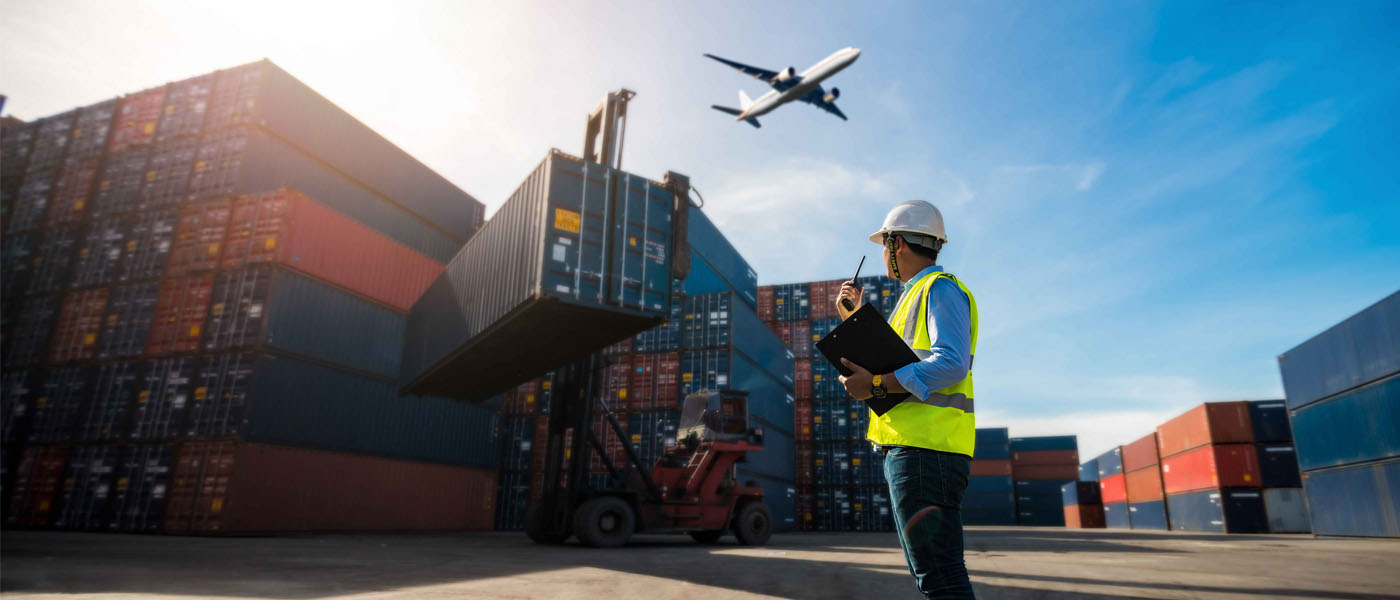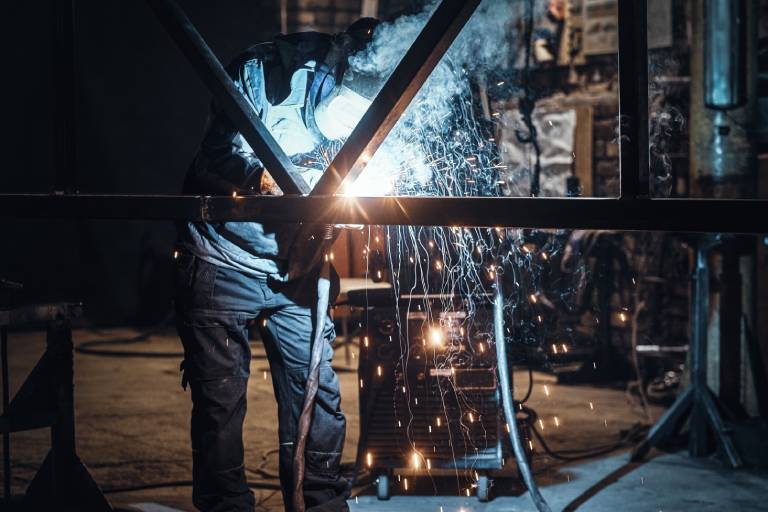All you need to know about metal fabrication in the transport sector
Steel is an integral part of the automobile industry. Thanks to the robust and durable properties of steel, metal is not only a part of vehicle production but also has an inevitable presence in the transport infrastructure and construction industry. The transport sector is one of the largest consumers of metal fabrication Singapore. Significant consumption of steel in the transport industry is expected to grow in the coming years, as mobility contributes considerable revenue to the global economy.
The use of mild steel and metal fabrication in the transport sector has doubled over the past few decades. The surge in metal fabrication is attributed to increased effective transport and freight movements, which are key to the growing global economy. This article attempts to analyse the role of mild steel in the transport sector and why steel is considered the most sustainable solution in the industry.
Why is steel considered a sustainable solution for the transport sector?
Steel has a dominant presence in the transport sector. The strength, property, and ability to be recycled make it a top choice for the construction and automobile industries. A cost-efficient investment compared to its counterparts, steel is also the most durable and affordable building material in the transport industry. Apart from being the facilitator of mobility, steel is also an intrinsic component in the construction industry. Steel rebar is used to make concrete roadways and other structures facilitating transport. The reusable rail tracks are the biggest example of steel presence in the transport sector.
Steel is also regarded as the best material to build transport applications largely because of its strength, durability, lightweight properties, U-V resistance, and recyclable properties. Besides exhibiting intrinsic metal properties, steel production is considered an extremely eco-friendly option that reduces greenhouse gas emissions.
Here are a few examples of steel applications in transport
Top steel applications in the transport sector
Check Out – While the construction and infrastructure industry consumes half of the total steel produced, many of their activities belong to the transport industry. An estimated 16% of the steel produced worldwide is utilized to meet various transport needs. Apart from their building vehicles, steel metal fabrications are involved in constructing bridges, roads, stations, ports, and even fuelling stations.
Here are a few best implementations:
Shipping and shipping containers
The shipping industry uses mild steel extensively in their production. Ship hulls are made from structural hulls as they have superior tensile strength, a highly required quality for large ships. Mild steel gates are also used to make large ships with larger capacity that saves fuel consumption considerably and reduces the overall carbon footprint. Corrosion-resistant steel is utilized to construct almost 90% of the world’s cargo ships and containers.
Rail industry
There is a significant consumption of steel in the rail industry. An estimated 15% of the entire construction comprises steel components. Steel is used in the production of wheels, bearings, axels, and wagons.
Aeroplanes
The steel components are used to make landing gears and in engines.
Infrastructure
Transport infrastructure incorporates steel components in building bridges, railway tracks, roadways, fuelling stations, tunnels, airports, and ports.


